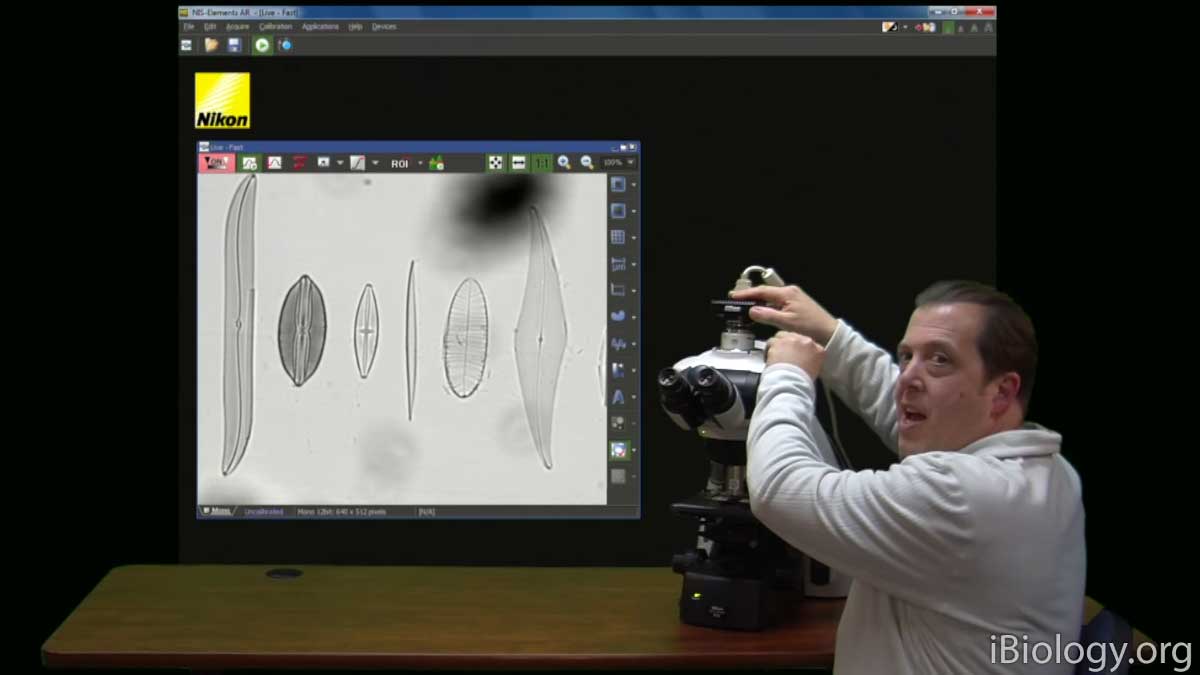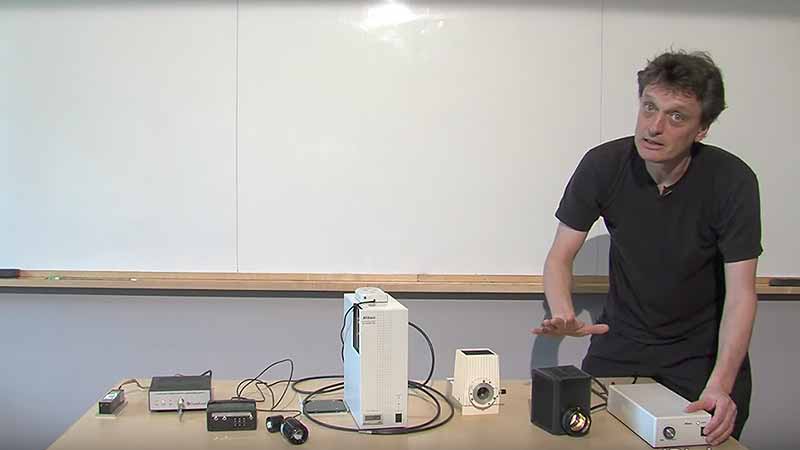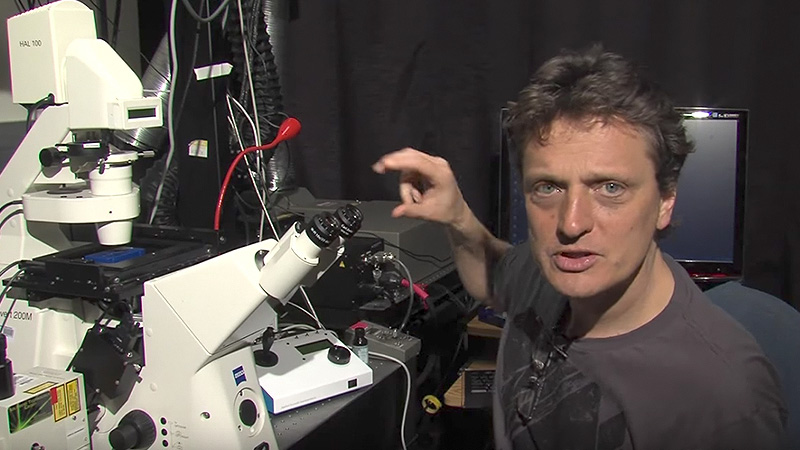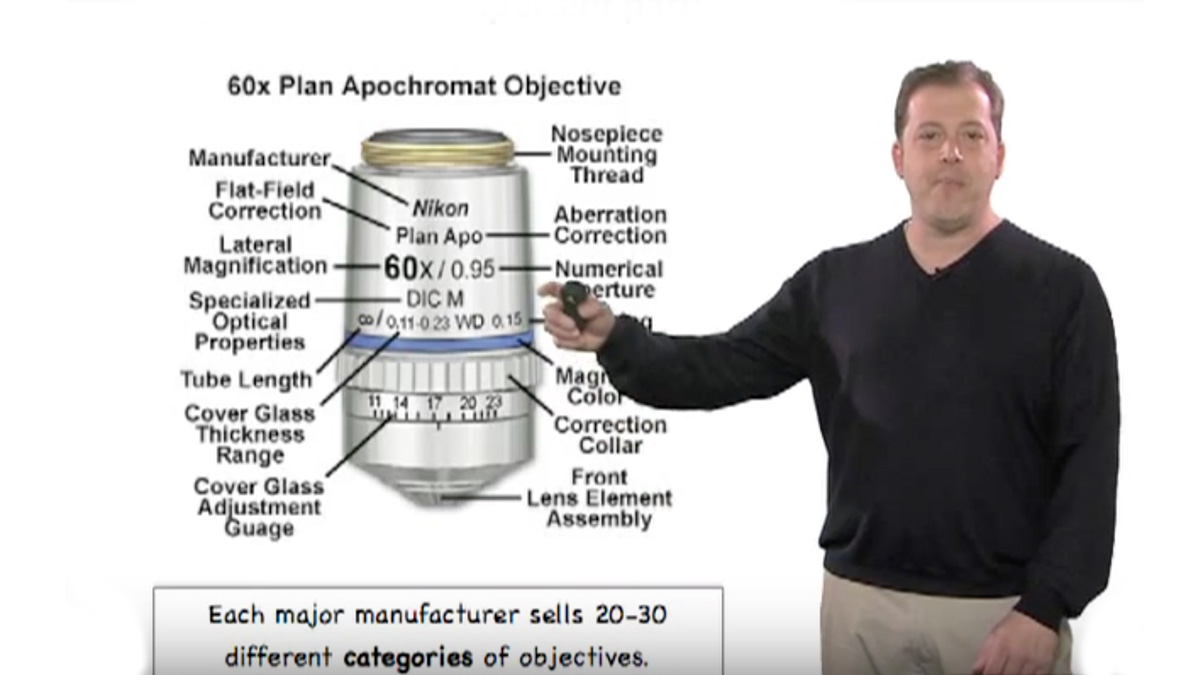Talk Overview
It is important to know how to clean objective lenses because dirt and residue on the surface of objective lenses and filters can degrade image quality. This tip describes how to inspect lenses and filters for dirt and how to clean them properly with solvent so that these expensive components will not be damaged in the process.
Speaker Bio
Kurt Thorn

Kurt Thorn is an Assistant Professor of Biochemistry and Biophysics at UCSF and Director of the Nikon Imaging Center – a facility that provides cutting edge light microscopy equipment to UCSF researchers. Kurt can be followed on his blog at http://nic.ucsf.edu/blog/. Continue Reading









Petar Tenev says
Hi Folks,
I’ve watched the video and wondered – where can I buy those Solvents (Chloroform and Methanol Oils) plus – the Lens paper?
Any help would be much appreciated!
Looking forward to hearing from you.
Best regards
Alex says
I was wondering the same thing as Petar. Where do you buy these at lab quality?